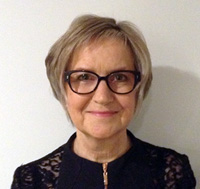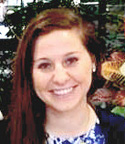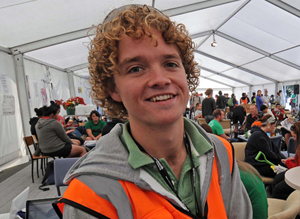One of the most powerful things a volunteer can do is see a need and start trying to meet it. With enough passion and hard work, that initial maverick will attract other volunteers to the cause and a worthy organization will emerge and grow. That evolution might expand over time to raising money, hiring staff, and moving volunteers to governing boards and service-assisting positions. That’s the history of most of the institutions and organizations we take for granted today.
In this article, we introduce Stephanie Myers, a recent MPA (Masters in Public Administration) graduate at Villanova University in Villanova, PA. As readers soon learn, Myers is a decidedly determined young woman who is taking steps to try and change the world through her role as a volunteer and her dedication to a cause: the unrecognized – and therefore untreated – mental health issues among student athletes. To address these issues, Myers founded Mind4Athletes, Inc. (M4A), an organization so new that it doesn’t even have a Web site yet. In this article, we get to know Myers and her work, and discuss why and how she decided to form M4A.
In future stories published over the next months and years, we’ll revisit Myers and M4A to see how things are going. We hope this shared journey will give our volunteer management readers insight into how to support mavericks, Millennials, and dreamers like Myers.






 When massive earthquakes hit Christchurch, New Zealand in February 2011, university students wanted to help in the clean-up. But established first response agencies were wary of these young volunteers and too harried to work with them, so they turned them away. Sam Johnson, a student leader, would not take "no" for an answer. He turned to Facebook and put out a call to his friends. Within hours, Johnson had recruited a team of workers and borrowed enough loaned equipment to go out and simply start “mucking out.” Over the next several days, as his social network spread the word, hundreds and then thousands of students stepped forward. They called themselves the Student Volunteer Army (SVA) and eventually numbered 9,000 volunteers, earning the respect and support of the local authorities along the way. The story of Johnson and the Student Volunteer Army eventually drew headlines around the world, and attracted the attention and praise of everyone from Prince William of England to Secretary of State Hillary Clinton of the United States. Because of the media attention SVA received, the student volunteers were invited to Japan after the tsunami hit to work with a like-minded team of students. And Johnson recently returned from the World Summit for Youth Volunteering in Colombia, South America, where he presented on the role of Youth in Disaster.
When massive earthquakes hit Christchurch, New Zealand in February 2011, university students wanted to help in the clean-up. But established first response agencies were wary of these young volunteers and too harried to work with them, so they turned them away. Sam Johnson, a student leader, would not take "no" for an answer. He turned to Facebook and put out a call to his friends. Within hours, Johnson had recruited a team of workers and borrowed enough loaned equipment to go out and simply start “mucking out.” Over the next several days, as his social network spread the word, hundreds and then thousands of students stepped forward. They called themselves the Student Volunteer Army (SVA) and eventually numbered 9,000 volunteers, earning the respect and support of the local authorities along the way. The story of Johnson and the Student Volunteer Army eventually drew headlines around the world, and attracted the attention and praise of everyone from Prince William of England to Secretary of State Hillary Clinton of the United States. Because of the media attention SVA received, the student volunteers were invited to Japan after the tsunami hit to work with a like-minded team of students. And Johnson recently returned from the World Summit for Youth Volunteering in Colombia, South America, where he presented on the role of Youth in Disaster.